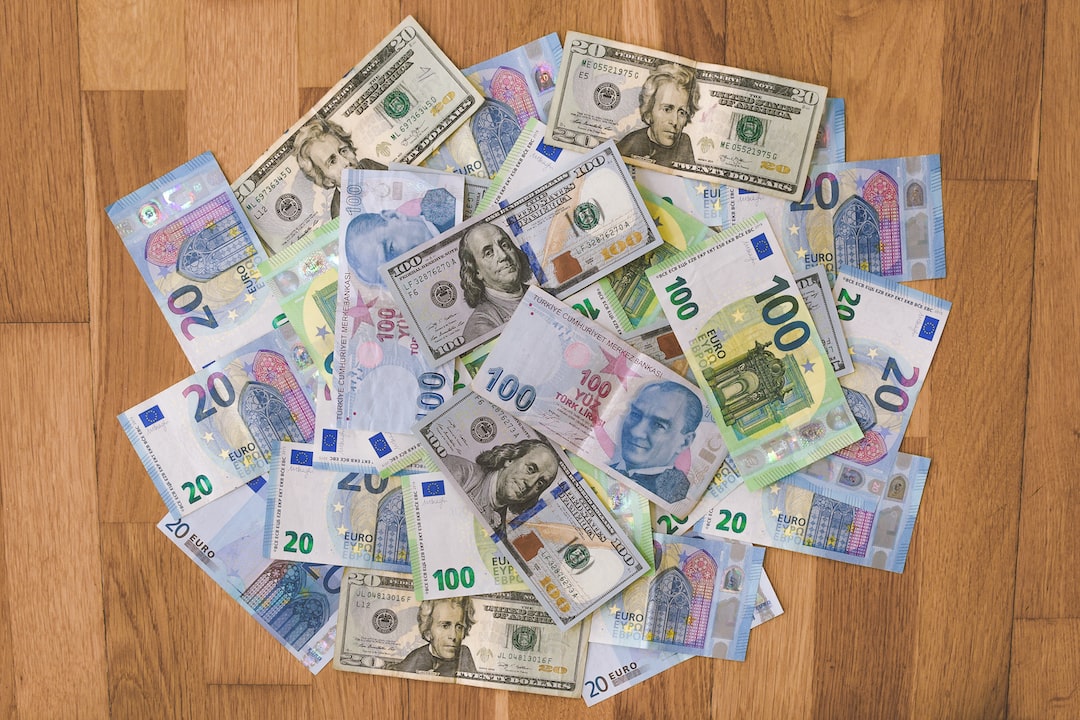Forex trading is a popular form of investment that involves buying and selling currencies. To be successful in Forex trading, traders need to be able to analyze the market, and one of the most important skills in this regard is the ability to read price action. In this article, we will explain what price action is and how to read it in Forex trading.
What is Price Action?
Price action is the study of price movement in a market. It involves analyzing the movement of a currency pair without the use of indicators or other technical tools. Price action traders use charts to identify patterns and trends in the movement of a currency pair.
Reading Price Action in Forex Trading
Price action trading in Forex involves analyzing the movement of a currency pair using candlestick charts. A candlestick chart is a type of chart used in technical analysis that displays the open, high, low, and close for a given period of time. In Forex trading, the most commonly used timeframes are the 1-hour, 4-hour, and daily charts.
Here are some key things to look for when reading price action in Forex trading:
1. Trend Lines
Trend lines are one of the most important tools in price action trading. They are used to identify the direction of the trend and to determine support and resistance levels. A trend line is drawn by connecting two or more points on the chart that represent significant highs or lows.
When a currency pair is in an uptrend, traders look for opportunities to buy, while in a downtrend, they look for opportunities to sell. The trend line can also act as a support or resistance level, depending on the direction of the trend.
2. Candlestick Patterns
Candlestick patterns are another important tool in price action trading. They are used to identify potential reversals in the market. There are many different candlestick patterns, but some of the most common ones include the hammer, doji, and engulfing pattern.
The hammer pattern is a bullish reversal pattern that occurs at the bottom of a downtrend. It has a long lower shadow and a small real body. The doji pattern is a neutral pattern that occurs when the open and close prices are the same or very close. It can indicate indecision in the market. The engulfing pattern is a bullish or bearish reversal pattern that occurs when one candle engulfs the previous candle.
3. Support and Resistance Levels
Support and resistance levels are important in price action trading because they help traders identify potential areas where the price may reverse. A support level is a price level at which the currency pair has previously found support and bounced higher. A resistance level is a price level at which the currency pair has previously found resistance and bounced lower.
Traders can use support and resistance levels to enter and exit trades. For example, if the price of a currency pair is approaching a resistance level, traders may look for opportunities to sell, while if the price is approaching a support level, they may look for opportunities to buy.
Conclusion
Price action trading in Forex involves analyzing the movement of a currency pair using candlestick charts. Traders can use trend lines, candlestick patterns, and support and resistance levels to identify potential trading opportunities. By mastering price action trading, traders can improve their chances of success in the Forex market.






